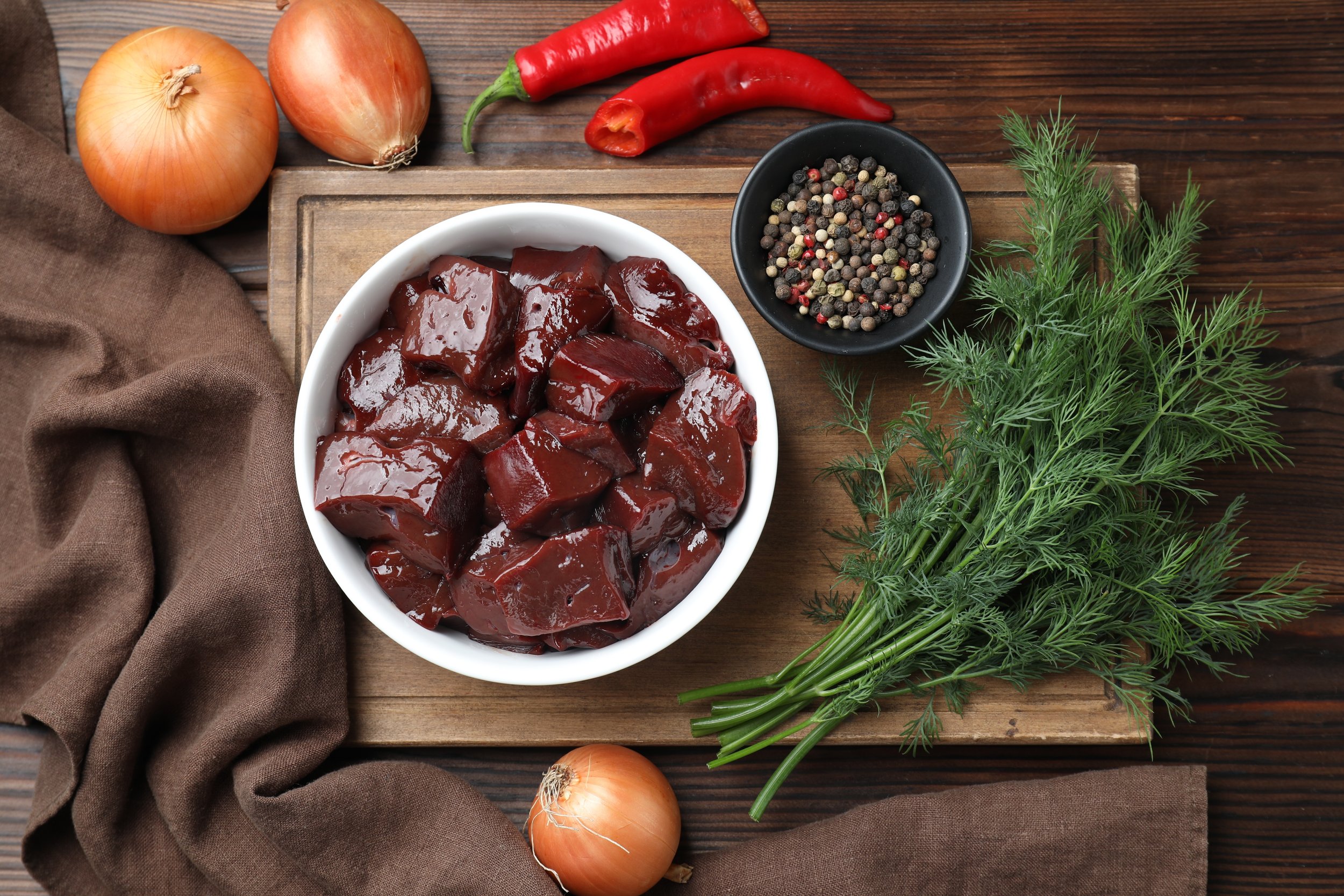Premium Red Poll Beef - Ox Tongue (Uncured)
Rich, Tender & Perfect for Slow Cooking
Our Ox tongue, sourced from Suffolk native Red Poll cattle, is a beautifully tender and flavourful cut that becomes meltingly soft when slow-cooked. An often-overlooked delicacy, beef tongue rewards patience with its rich, beefy flavour and incredible texture, similar to slow-braised brisket.
Perfect for braising, shredding, or slicing, it’s a versatile cut used in dishes around the world—from traditional English pressed tongue to Mexican-style tacos de lengua. Whether served warm with mustard, thinly sliced for sandwiches, or incorporated into stews, this cut is a true butcher’s secret.
🔹 Cooking Tip: Simmer gently for 3–4 hours with onions, garlic, bay leaves, and peppercorns until fork-tender. Once cooked, peel off the outer skin and slice or shred for serving.
Best for: Slow cooking, braising, slicing, and shredding.
Pack size: One whole uncured tongue.
How to Cook Ox Tongue (Traditional Braised Method)
Despite being an often-overlooked cut, beef tongue is incredibly simple to prepare and rewards patience with an unbelievably soft texture and a deep, beefy flavour, similar to slow-cooked brisket. It’s excellent served warm with mustard or horseradish, sliced thin for sandwiches, or used in tacos, salads, or rich stews.
Ingredients:
• 1 whole beef tongue
• 1 onion, halved
• 2 cloves garlic, crushed
• 1 carrot, chopped
• 2 bay leaves
• 1 tsp black peppercorns
• Salt to taste
• Water or beef stock (enough to cover)
Method:
1. Rinse the tongue thoroughly under cold water.
2. Place it in a large pot and add the onion, garlic, carrot, bay leaves, peppercorns, and a generous pinch of salt.
3. Cover with water or beef stock and bring to a boil. Reduce heat and simmer for 3-4 hours, until the tongue is tender and a knife easily pierces the thickest part.
4. Remove from the pot and let cool slightly. Once cool enough to handle, peel off the outer skin—it should come away easily.
5. Slice, shred, or cube the meat depending on your recipe. Serve warm with mustard, horseradish, or in tacos, salads, or sandwiches.






